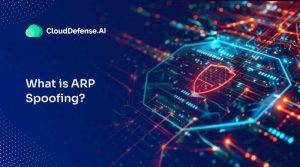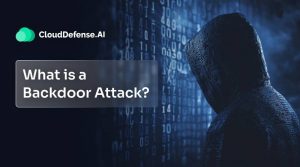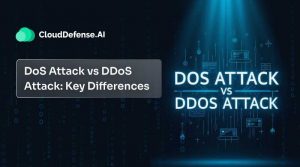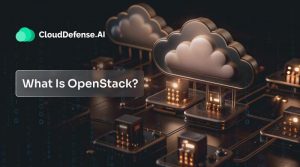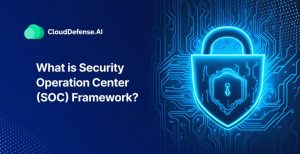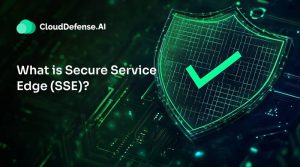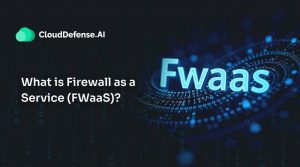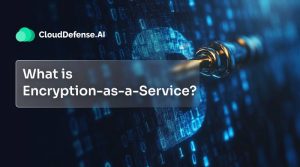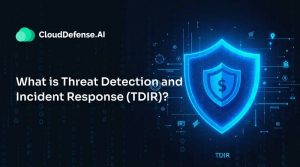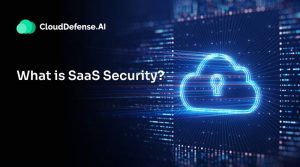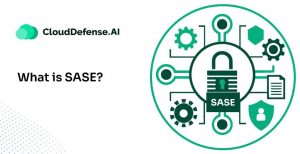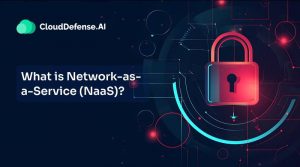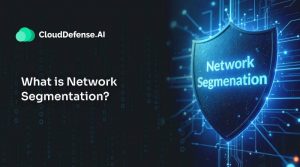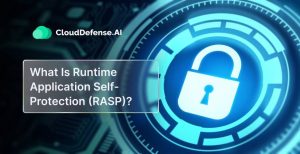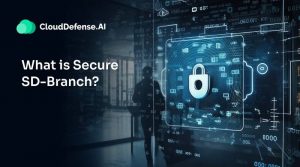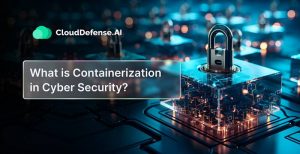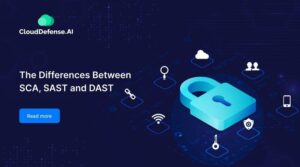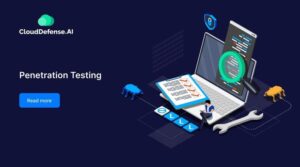CloudDefense.AI Blog
- Anshu Bansal
- Security
Social engineering in cybersecurity is the manipulation of individuals into divulging confidential information or performing actions that compromise security.
- Abhishek Arora
- Security
Network-as-a-Service (NaaS) is a cloud-based networking model that allows businesses to scale, secure, and manage their networks without the need for costly physical infrastructure. What is NaaS (Network-as-a-Service)? Network-as-a-Service, or NaaS, is a cloud service model where customers lease networking services from providers, eliminating the need
- Anshu Bansal
- Security
Network segmentation is a cybersecurity strategy that divides your network into smaller, secure zones to limit the impact of cyberattacks and protect critical systems from unauthorized access. What Is Network Segmentation? Let’s consider your company’s network as a big open office space – everyone and everything
- Abhishek Arora
- Cloud Security
OpenStack is a powerful open-source cloud platform that helps businesses overcome the complexities of building and managing cloud infrastructure by offering unmatched flexibility, control, and customization to meet their specific needs. What Is OpenStack? OpenStack is an open-source cloud platform designed to manage and orchestrate distributed
- Anshu Bansal
- Security
RASP is a security technology that monitors and protects applications in real-time by detecting and blocking threats during runtime. What Is Runtime Application Self-Protection (RASP)? Runtime Application Self-Protection, or RASP, is a security technology designed to protect applications by detecting and responding to threats in real-time
- Anshu Bansal
- Security
Security as Code (SaC) is the practice of integrating security policies, configurations, and controls into code, enabling automated, consistent, and scalable security enforcement across development and deployment pipelines. What is Security as Code (SaC)? Security as Code (SaC) is basically a concept and approach that aims
- Anshu Bansal
- Security
Secure SD-Branch is a cybersecurity framework integrating SD-WAN, network security, and cloud-based management to protect branch offices, ensuring secure connectivity, centralized control, and threat prevention across distributed enterprise networks. What is Secure SD-Branch? SD-Branch, or Software Defined Branch, is an all-in-one solution for managing branch networks.
- Anshu Bansal
- Security
Point of Sale (POS) security protects POS systems from data breaches, malware, and unauthorized access to protect customer payment info. What is POS Security? POS security involves implementing protective measures to secure point-of-sale systems and environments where transactions occur. These measures are designed to prevent unauthorized
- Abhishek Arora
- Cloud Security
The Security Operation Center (SOC) Framework is a structured approach to monitoring, detecting, and responding to security threats within an organization’s IT environment. What is a SOC framework? So what exactly is this SOC framework we’re talking about? Simply put, it’s a comprehensive set of guidelines
- Abhishek Arora
- Security
Containerization in cybersecurity isolates applications in secure containers, reducing attack surfaces, enhancing control, and preventing unauthorized access or breaches. What is Containerization? Containerization is a modern software deployment technique that involves packaging an application’s code and all the necessary operating system libraries and dependencies into a
Press

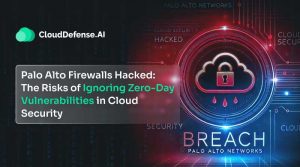
Palo Alto Firewalls Hacked: The Risks of Ignoring Zero-Day Vulnerabilities in Cloud Security

Internet Archive Breach: 31 Million Accounts Compromised in Major Cyber Attack
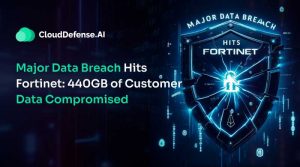
Major Data Breach Hits Fortinet: 440GB of Customer Data Compromised

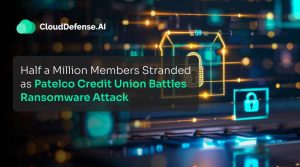
Half a Million Members Stranded as Patelco Credit Union Battles Ransomware Attack

TeamViewer Admits Corporate Breach, Security Researchers Warn of Potential Customer Risk

Major Identity Verification Firm AU10TIX Exposes User Data in Year-Long Security Lapse

Could the Ticketmaster Breach that Affected Over 560 Million Users Be Avoided?
Application Security
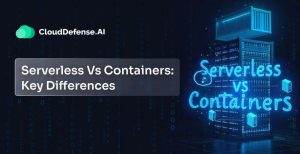
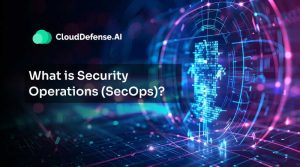


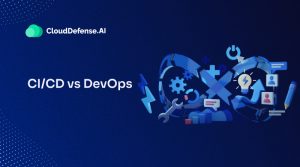

Security Operations Center (SOC) Roles and Responsibilities
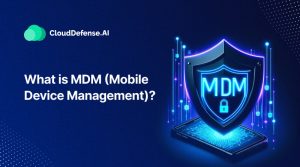
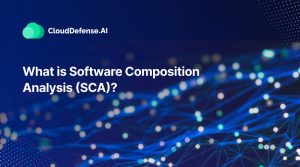

CI/CD Security

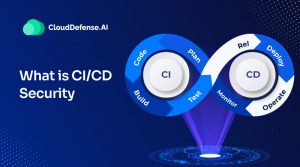
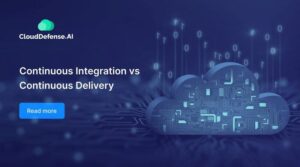
Continuous Integration vs. Delivery vs. Deployment: Key Difference between CI vs CD

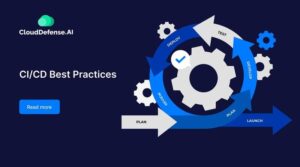
Threats
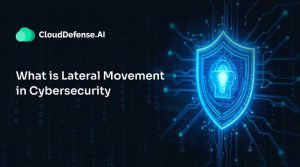

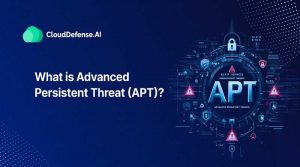

What are Leaky Vessels’ Vulnerabilities? How Does It Affect Your Container Environments?
